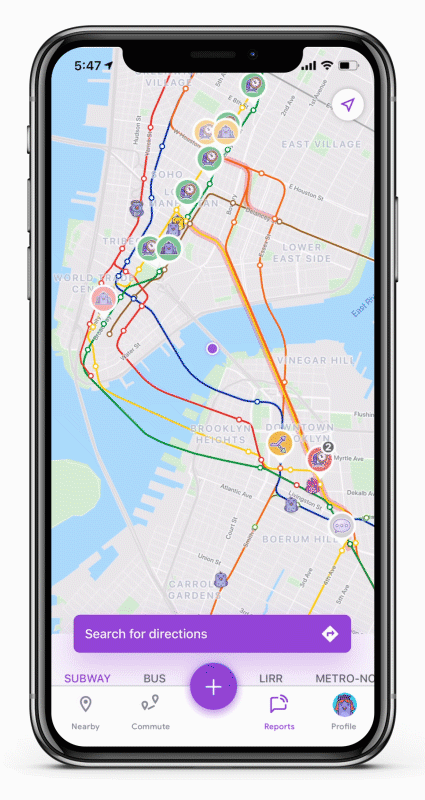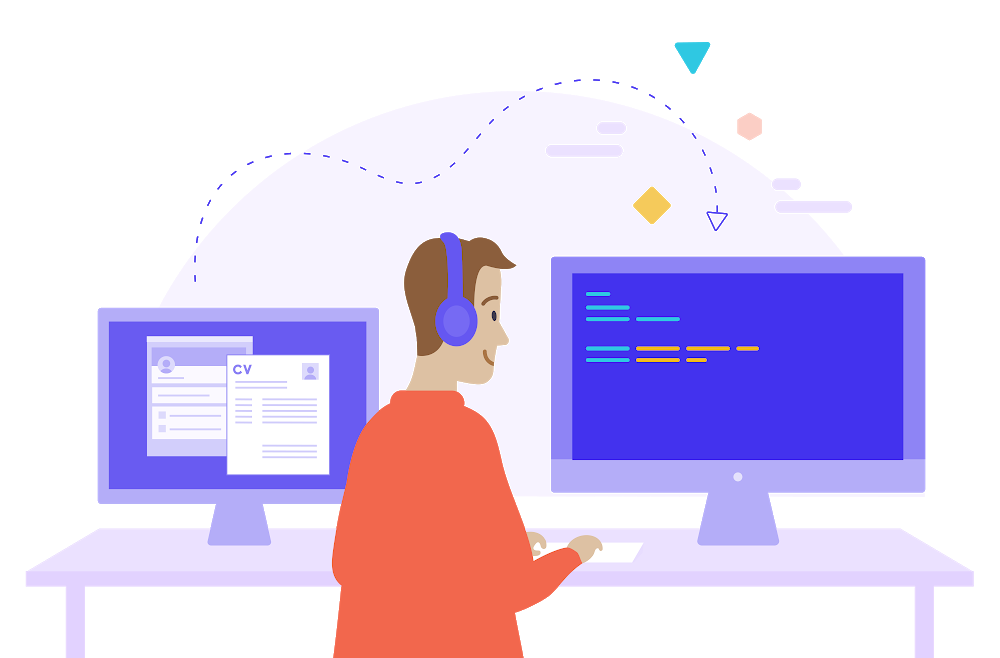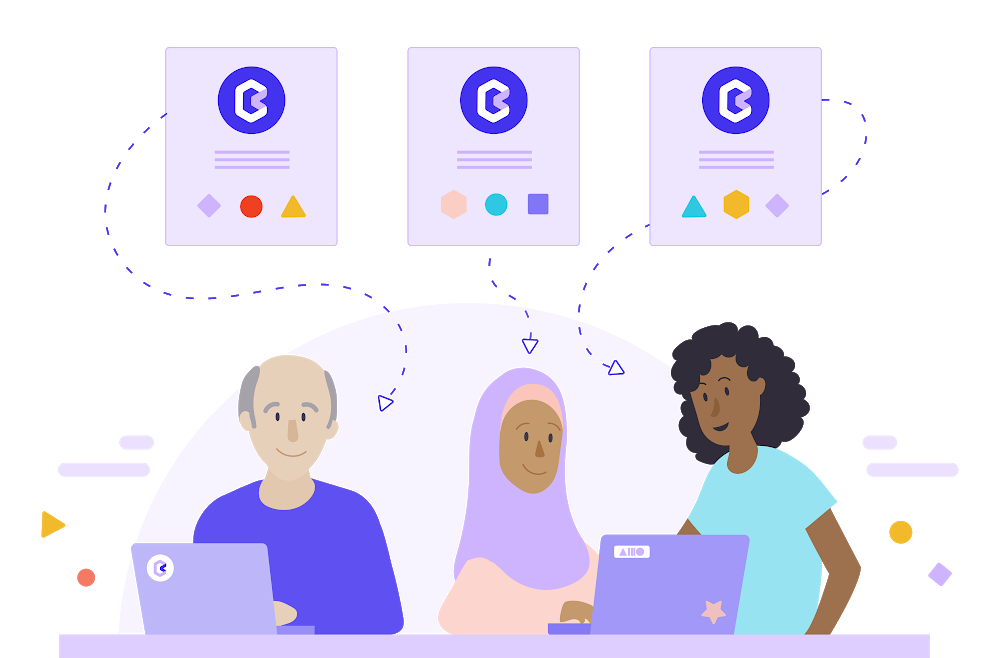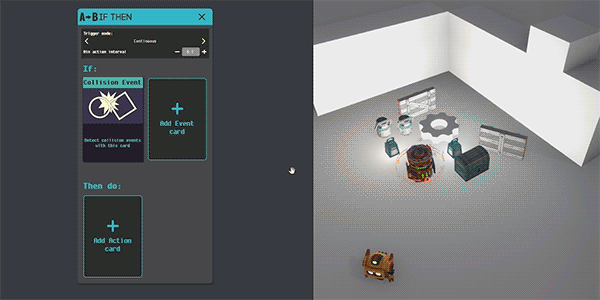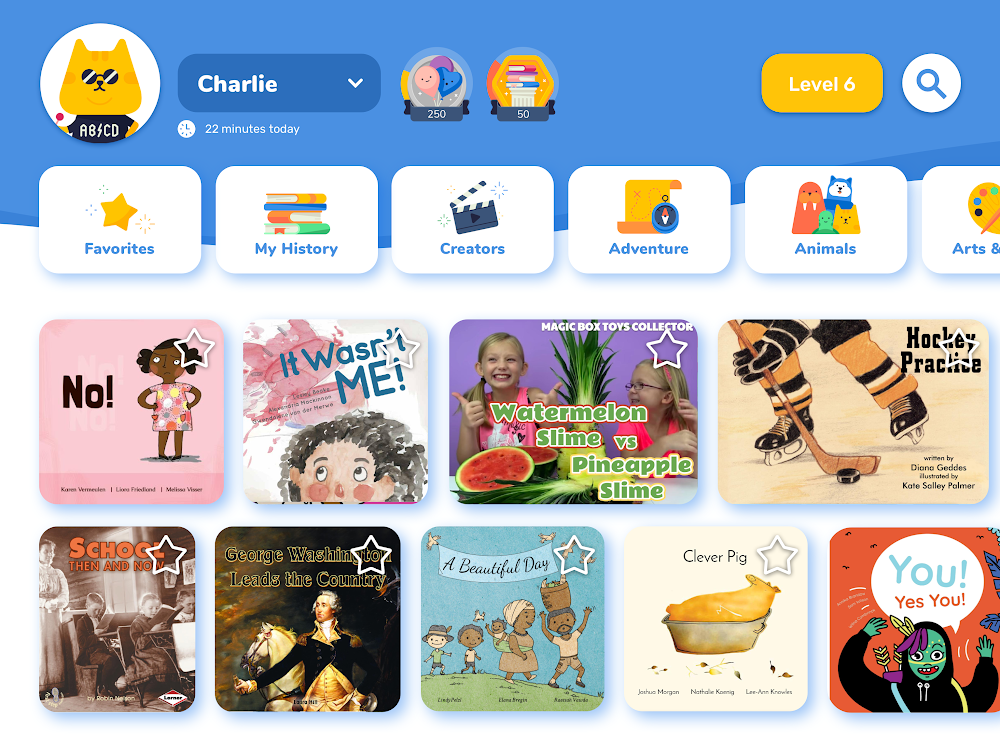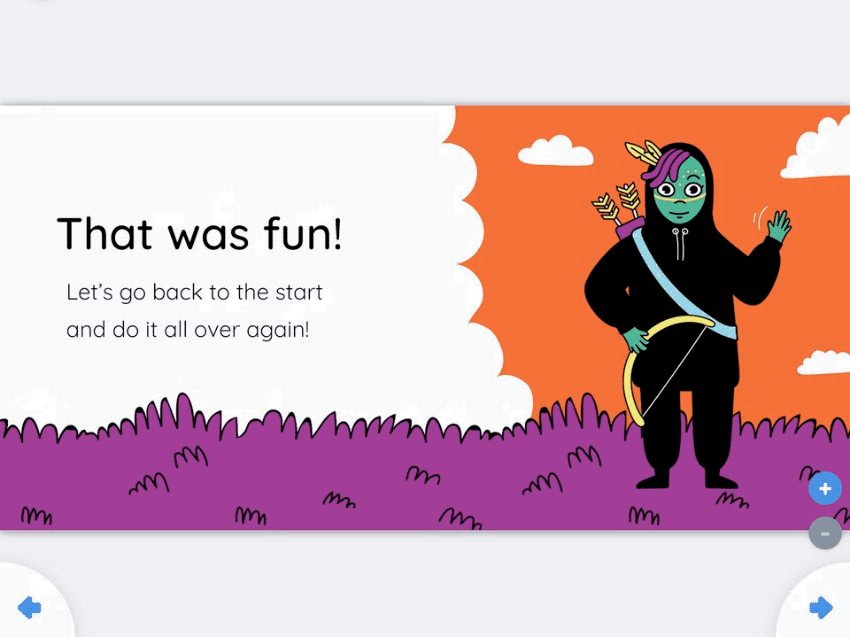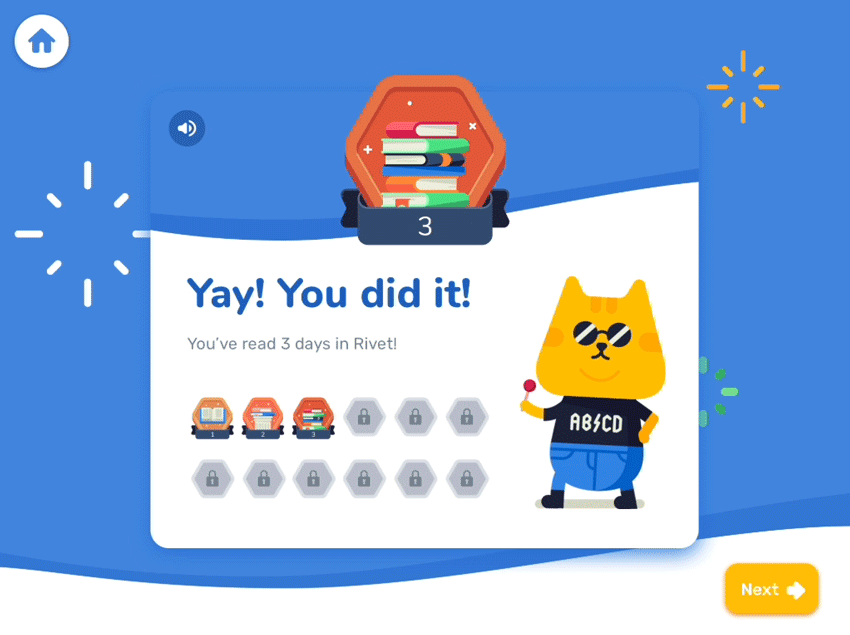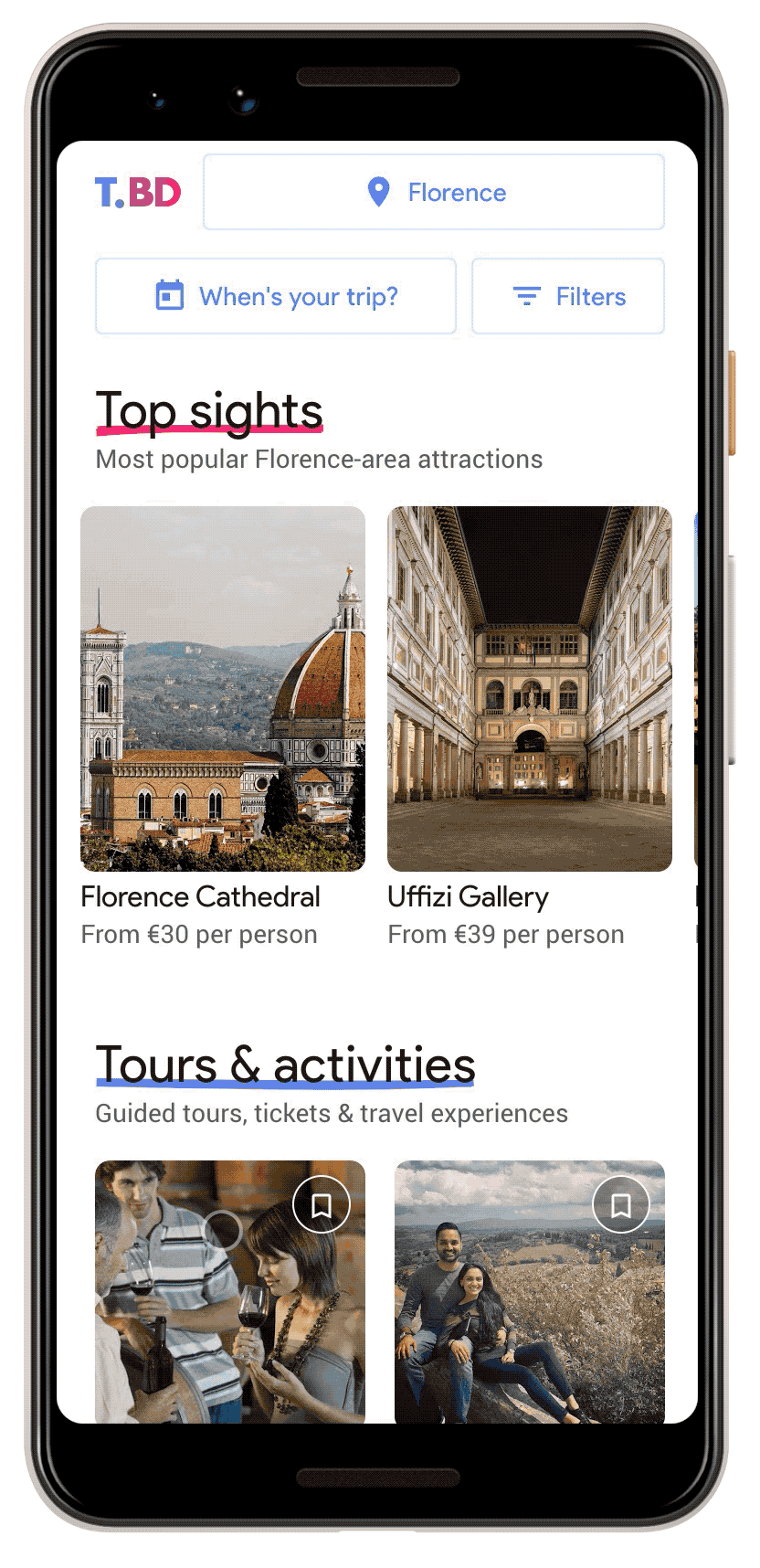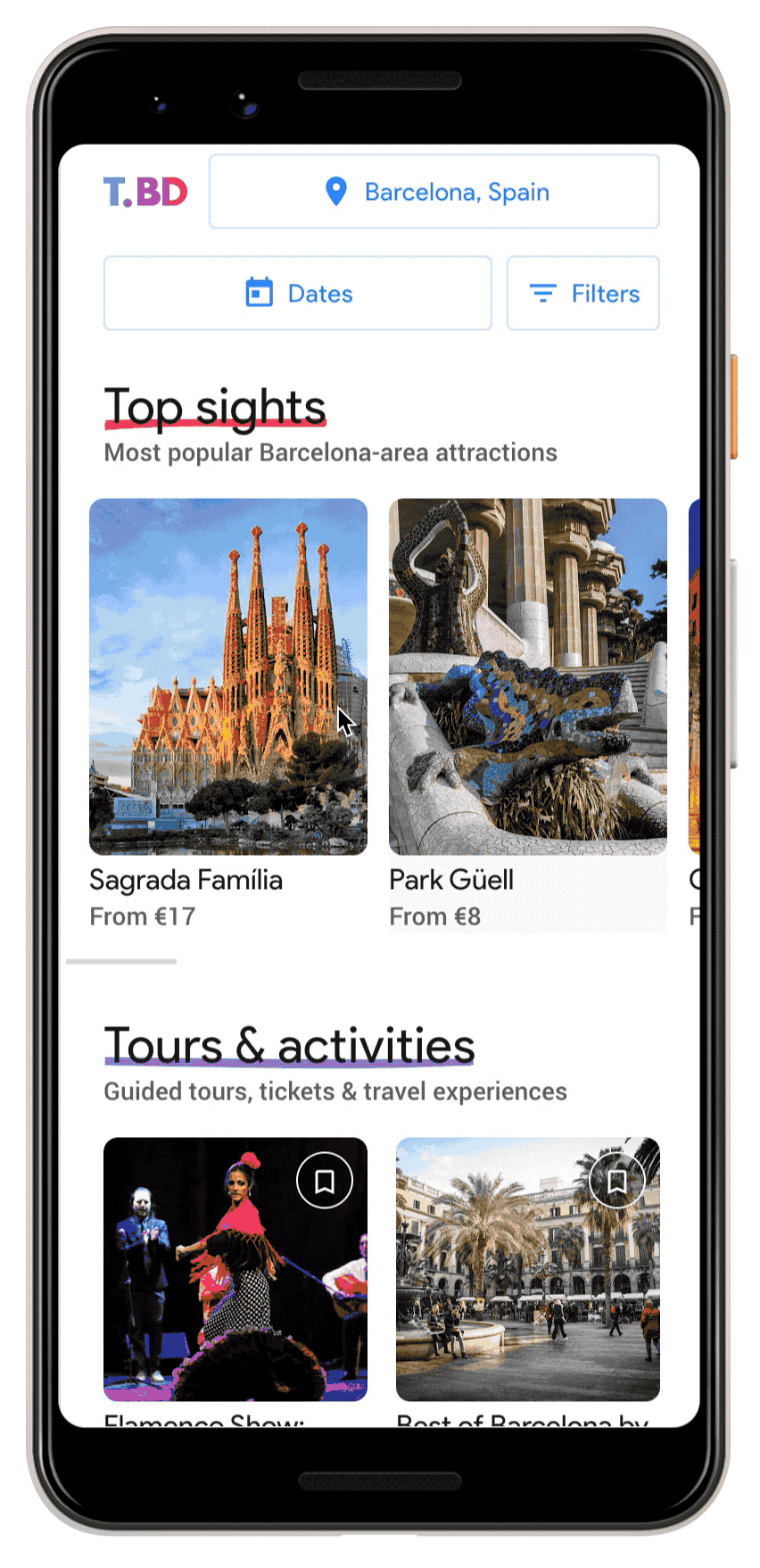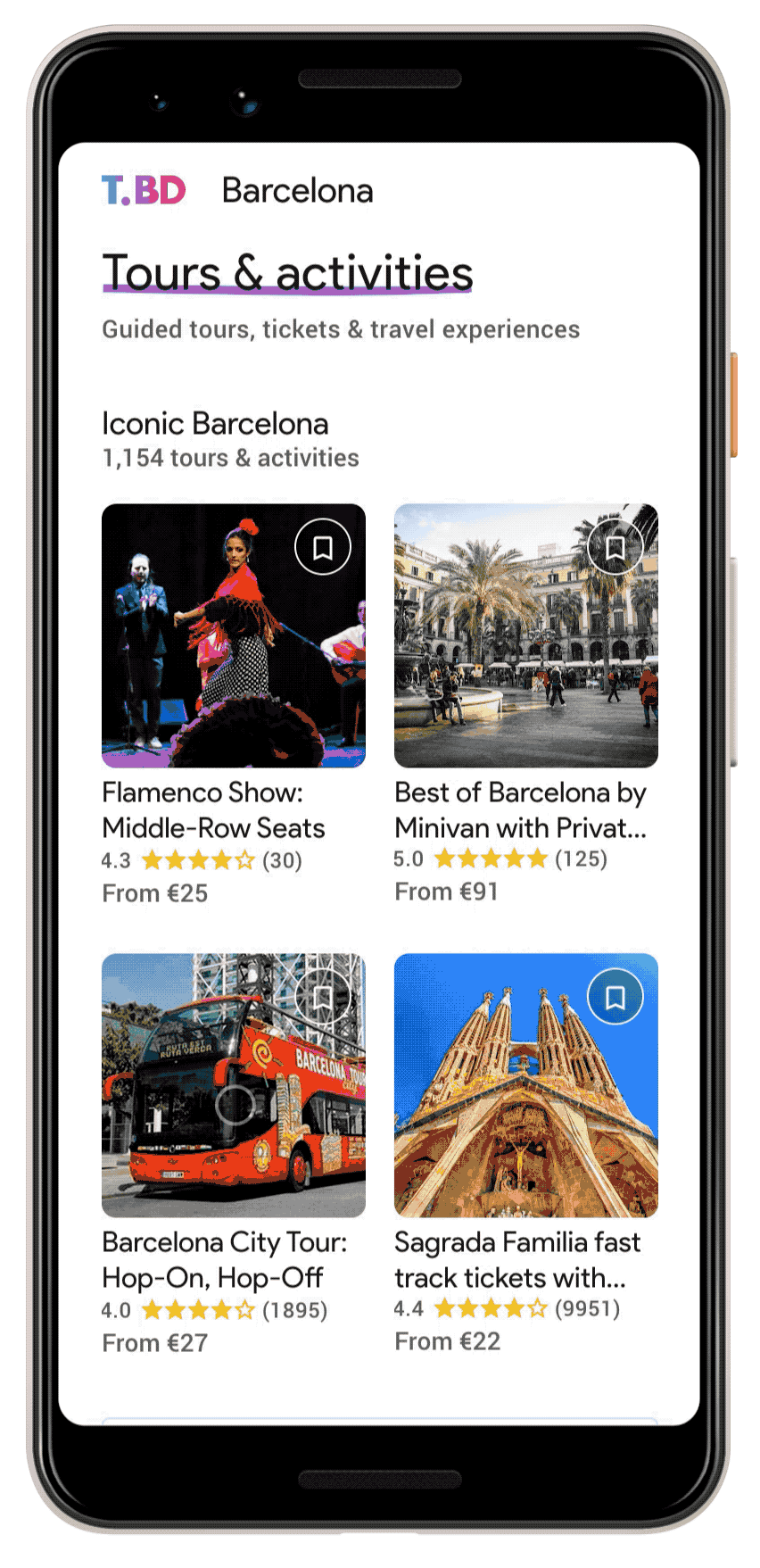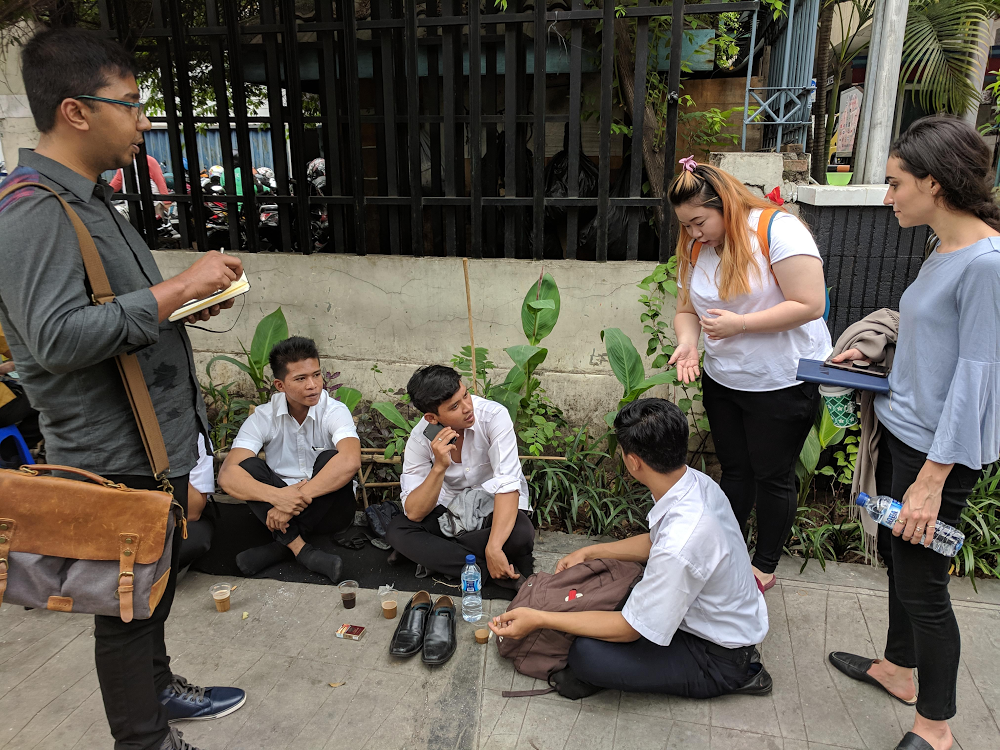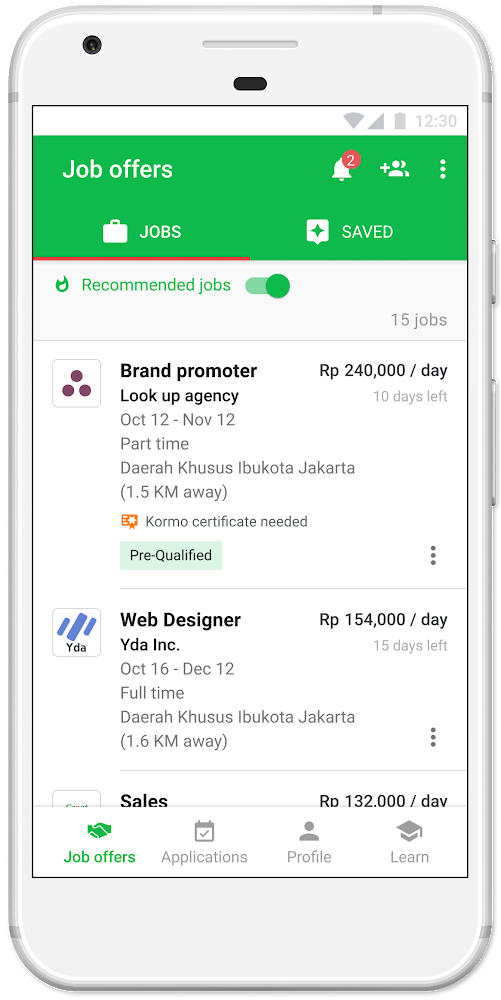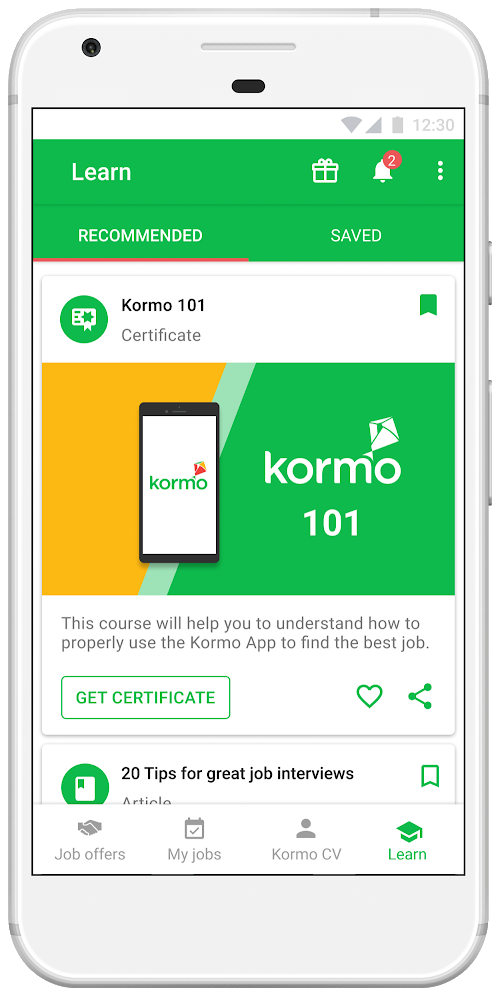We launched Byteboard inside Area 120, Google’s workshop for experimental projects, with a primary goal to fundamentally change tech hiring for the better. Byteboard is a full-service interviewing platform for software engineers, which uses project-based interviews to assess for skills that are actually used on the job, rather than the theoretical concepts tested for in traditional interviews.
Byteboard aims to help companies efficiently, accurately and fairly assess back-end engineering candidates. In the 14 months since our first pilot, Byteboard has interviewed over 2,000 candidates for clients like Lyft, Betterment and Quibi. By using our platform, our customers have seen their onsite-to-offer rates double and have saved hundreds of hours for recruiters and engineers.
In my role at Byteboard, I have had countless conversations with engineering managers across the tech industry about how expensive, time-consuming, and error-prone hiring engineers can be. Trying to hire a specialist--someone who has mastery in a technical subdomain--is even harder. If you ask a front-end engineer what they think about technical interviews, usually their experience is even worse than the average engineer, since traditional technical interviews over-emphasize skills that are often even less relevant for front-end work.
Today, Byteboard is launching interviews for mobile engineering and web development. These new interview types are still modeled after a day in the life of an engineer, but they give experienced Kotlin, Swift or HTML/CSS/JavaScript engineers an opportunity to dive deeper on some of the front-end skills that they’ve honed and accumulated over their careers. Front-end engineers prefer taking the Byteboard interview for the same reason generalists do: It more accurately represents the work they might actually do on the job.
In addition to the core software engineering skills that all Byteboard questions assess for, Byteboard front-end interviews also evaluate for additional domain-specific knowledge, such as a focus on accessibility or internet principles. This gives hiring managers a comprehensive view of a candidate’s software engineering skills, as well as their role-related knowledge.
Byteboard is on a mission to make technical interviews more effective, efficient, and equitable for all. Front-end engineers should not have to memorize theoretical concepts that they will never use on the job. Instead, they should have the opportunity to demonstrate their skills in an authentic engineering environment that is reflective of their day-to-day work. Expanding our assessment methodology to front-end skill sets is another step towards making interviews better for everyone.
To learn more about how Byteboard can help you improve your hiring processes, get in touch at byteboard.dev for more information.

